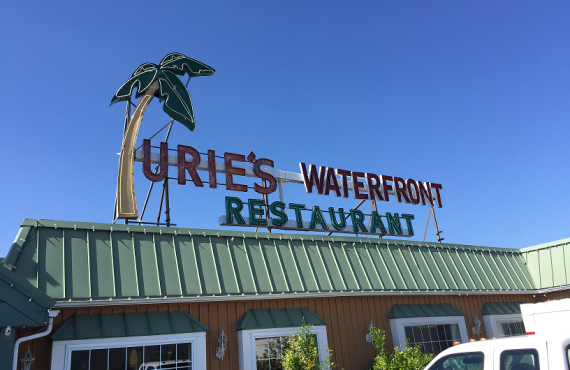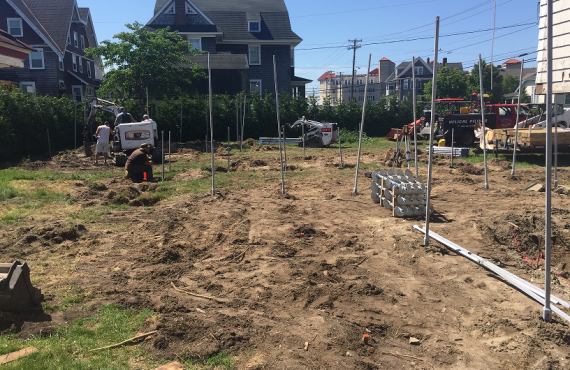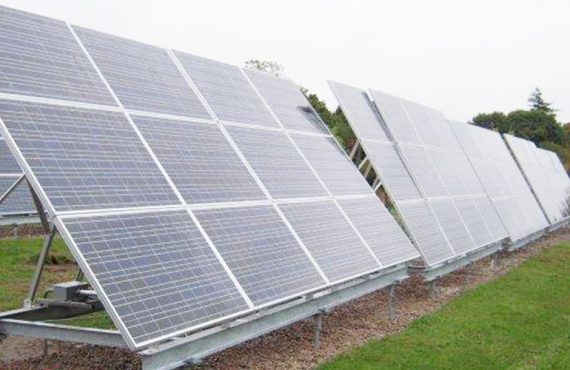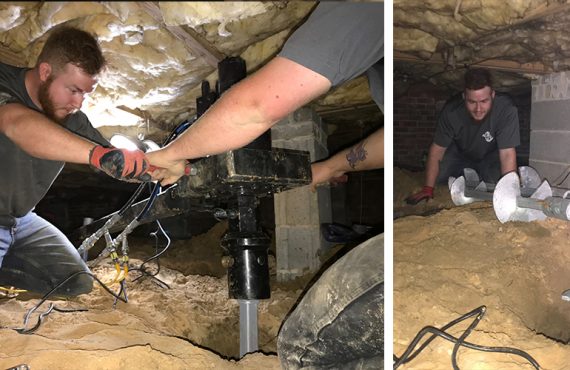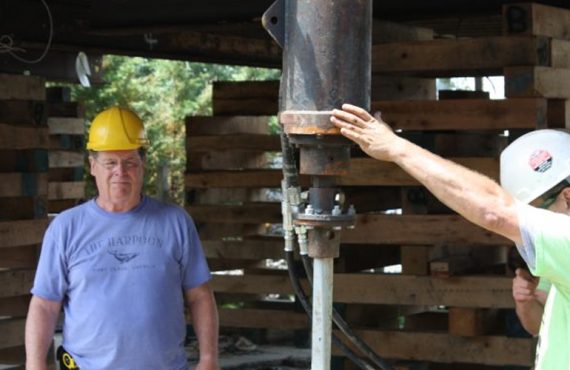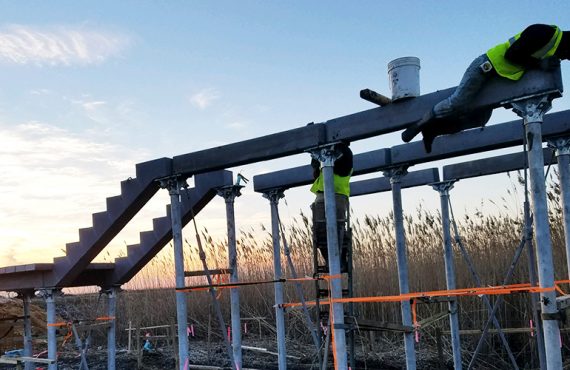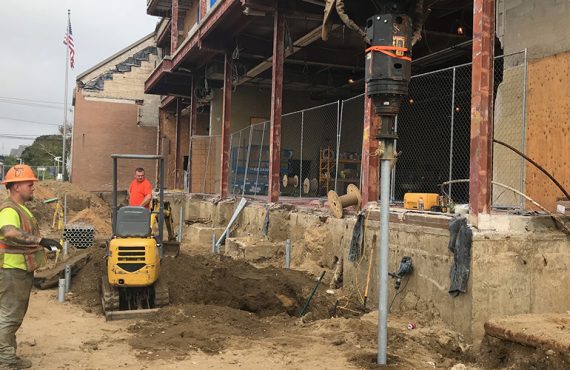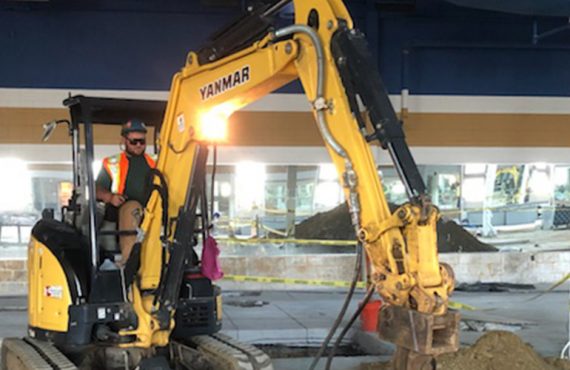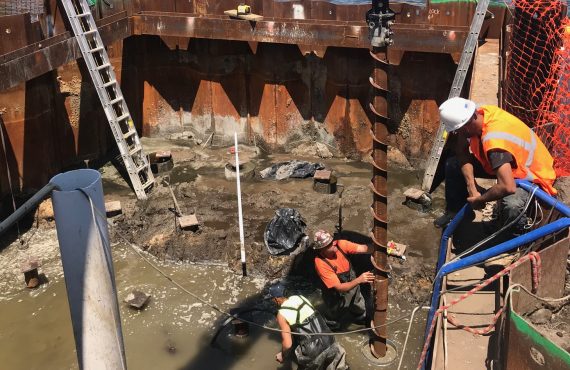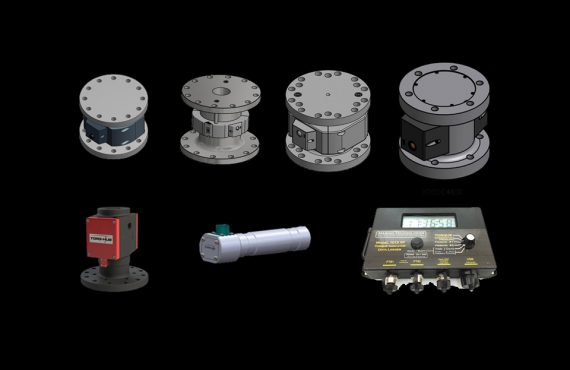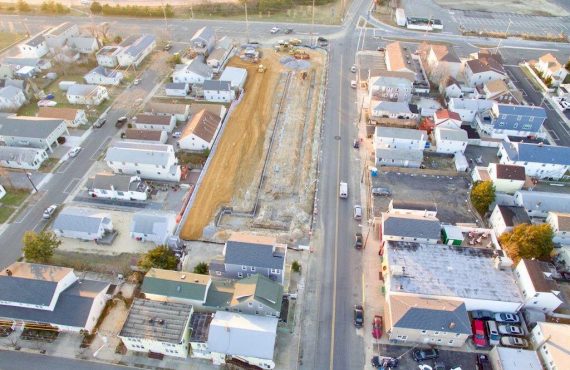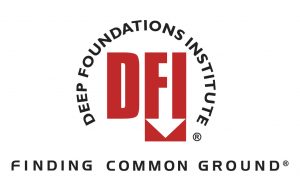The New Jersey Department of Community Affairs has released a bulletin, “Superstorm Sandy: Pile foundation design issues for single-family homes,” aimed at clearing up some questions and concerns regarding pile foundation designs for homes.
As per the bulletin:
In V-zones, the International Residential Code (IRC) requires the building to be constructed on pilings or columns and to be adequately anchored to them. The pilings must have adequate soil penetration to resist combined wave action and wind load. The embedment must include consideration for decreased resistance capacity caused by scour of the soil strata surrounding the pile. The Department is recommending the use of American Society of Civil Engineers (ASCE) 24, Flood Resistant Design and Construction, for the design and construction of the pile and column foundations. This document will provide the designer and the code official a means of determining compliance. ASCE 24 is a referenced standard in the building and residential codes and R322.1.1 permits its use as an alternative.
Questions have arisen regarding the types of piles that may be used in a V-zone. Typical pile types include wood, steel, concrete and helical, all of which are permissible.
Questions have arisen regarding the use of grade beams. Grade beams that are placed with the upper surface flush with or below the natural grade are not considered obstructions or the lowest horizontal structural member and are allowed by the code. The grade beam must be designed and constructed taking into consideration the effects of storm erosion and local scour. The grade beam must also resist flood, wave and debris loads and remain in place and functional when undermined. There have been several inquiries into the need for the piles to line up with any columns constructed above the grade beam; provided the grade beam is designed to support this type of loading, this practice is not prohibited.
Read the entire bulletin here. Visit the NJDCA’s Sandy Recovery Division here.



